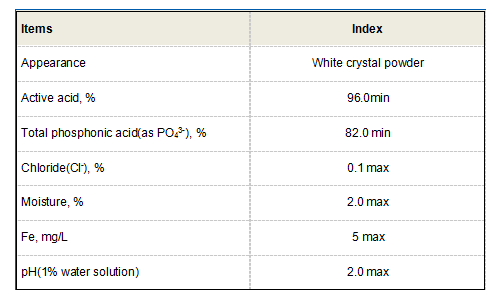Understanding the Distinction Between Flocculants and Coagulants in Water Treatment
Difference Between Flocculant and Coagulant
In the realm of water treatment and purification, understanding the roles of flocculants and coagulants is crucial for achieving optimal results
. While both are essential in removing suspended particles from liquids, they serve distinct purposes and function through different mechanisms.Coagulants are chemical substances that promote the aggregation of suspended particles by neutralizing their charges. When water is treated with a coagulant, typically aluminum sulfate or ferric chloride, the coagulant molecules destabilize the particles dispersed in the water. Many of these particles carry a negative charge, preventing them from clumping together. Once the coagulant is introduced, it neutralizes these charges, allowing the particles to adhere to one another and form larger aggregates known as flocs. This initial stage of treatment is crucial for improving the quality of treated water, as it significantly reduces turbidity and removes larger suspended solids.
On the other hand, flocculants are agents that assist in the aggregation of the already formed flocs into larger clumps that can be easily separated from the liquid. Flocculants, usually long-chain polymers, act by bridging the smaller flocs together, enhancing the settling process. This means that after the coagulant has done its job of destabilizing the particles, flocculants help consolidate these destabilized particles into larger flocs that can be removed more efficiently through sedimentation, filtration, or flotation.
difference between flocculant and coagulant

The application of these two substances is often sequential in water treatment processes. The coagulant is added first to destabilize the particles, followed by the addition of the flocculant to promote further aggregation. This combination not only enhances the efficiency of the treatment process but also reduces the volume of sludge produced, an important factor in wastewater management.
It’s also noteworthy that the effectiveness of each agent can depend on various factors, such as pH, temperature, and the specific characteristics of the water being treated. In some cases, the choice between different coagulants and flocculants can significantly influence the overall efficiency and cost-effectiveness of the water treatment process.
In conclusion, while both flocculants and coagulants are vital in the treatment of water, they play different yet complementary roles. Coagulants initiate the process by destabilizing particles, while flocculants enhance the aggregation of these particles into larger flocs. Understanding this difference is essential for professionals in the water treatment industry, ensuring that they select the appropriate chemicals for optimal results in various applications.
-
Understanding Polycarboxylic Acids: Properties, Applications, and Future PotentialNewsJul.28,2025
-
Scale Inhibitor Explained: How to Protect Your System from Limescale and Hard Water DamageNewsJul.28,2025
-
Scale and Corrosion Inhibitors: Essential Chemicals for Industrial Water System ProtectionNewsJul.28,2025
-
Polyaspartic Acid: A Biodegradable Polymer for Sustainable ChemistryNewsJul.28,2025
-
Isothiazolinones: A Versatile Antimicrobial Class with Industrial Power and Regulatory ChallengesNewsJul.28,2025
-
A Deep Dive into 2-Phosphonobutane-1,2,4-Tricarboxylic Acid (PBTC)NewsJul.28,2025





